Cigarettes and smokeless tobacco to recruit new smokers that will offset the amount that quit or die each year. Majority of adults who smoke cigarettes daily, first tried smoking by age 18, so tobacco products are being marketed to attract younger smokers. Bright, colorful packaging, candy flavoring, and fun names like Pop Rocks, Jolly Rancher, and Pineapple Express entice kids and teens to try tobacco products, making the youth of America the newest consumers addicted to nicotine
FLAVOR ATTRACTS
The Tobacco Industry Spends $70 Million On Marketing in NV
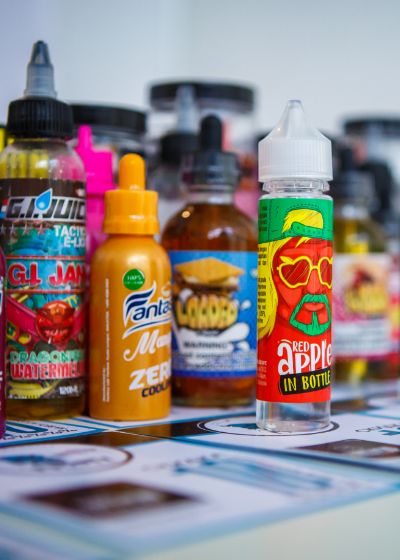
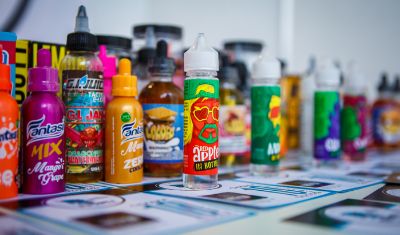
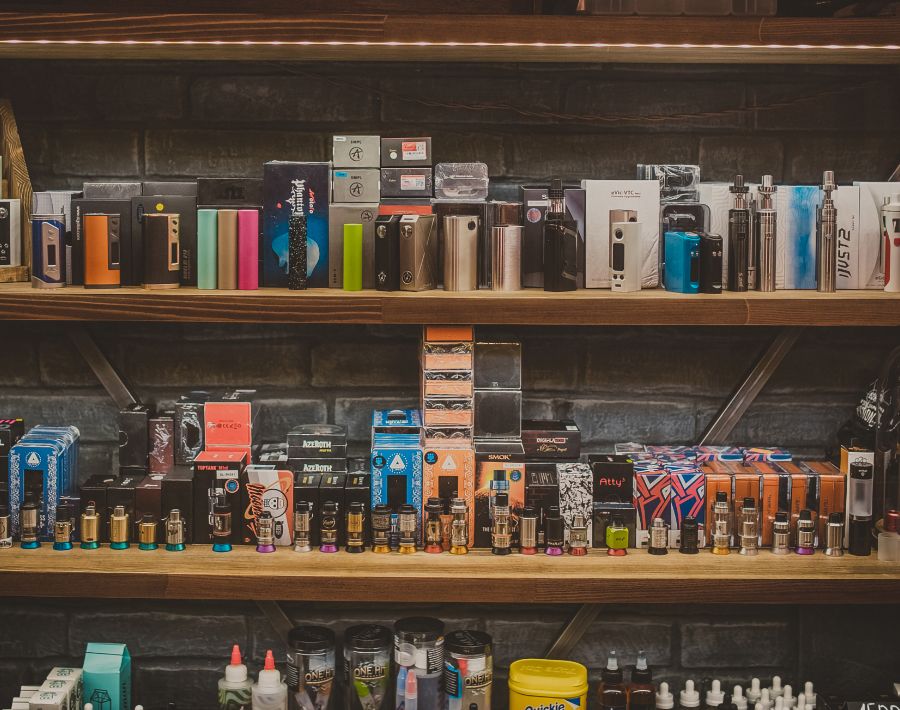
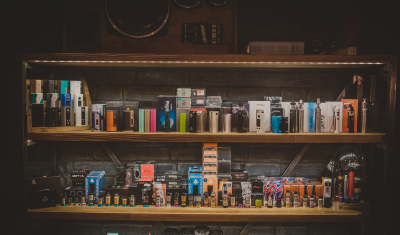
What Are Flavored
Tobacco Products?
Flavored tobacco products are any nicotine-containing products with a taste or smell other than that of tobacco. This includes smokeless and chewing tobacco, cigarettes, cigars, cigarillos, vape liquid (used in e-cigarettes), electronic nicotine delivery systems (ENDS), nicotine gels, dissolvables, and hookah and pipe tobacco. There are over 15,000 e-cigarettes (vape) flavors alone, with many being youth luring “candy flavors” like chocolate, mint, bubble gum, gummy bear, berry blend, cotton candy, strawberry, and blue raspberry. Flavoring improves the taste and helps mask the harshness of tobacco products and can even give the impression that tobacco-flavored products are less harmful than non-flavored products, leading to an increase in nicotine addiction.
Baiting With
Flavoring
The CDC informs that about 4,100 adult smokers die each year in Nevada from tobacco related illness. Nationally, the numbers reach approximately 480,000 yearly.
Who is replacing the people who smoke who quit or die every year? The tobacco industry has identified impressionable middle and high schoolers as a constant supply of new people who smoke. By developing added flavors, flashy packaging, and the low pricing of e-cigarettes and cigarillos, the tobacco industry creates products attractive to youth. These products are easy to hide and disguise.
With stricter laws and policies, the tobacco industry had to find savvy ways to attract new consumers and keep current tobacco users hooked, like adding flavoring to their products.
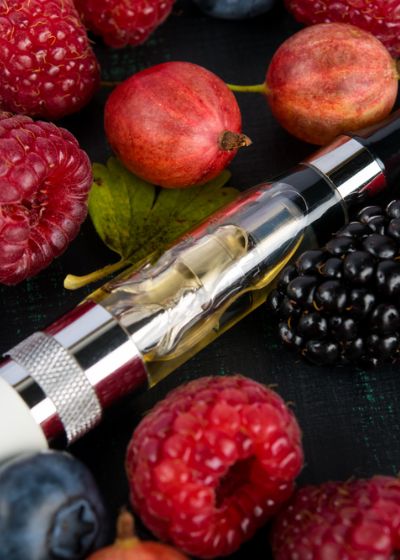
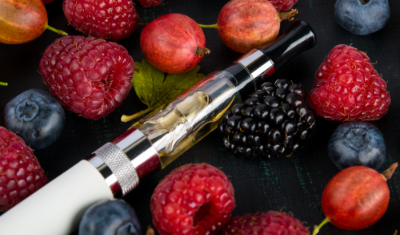
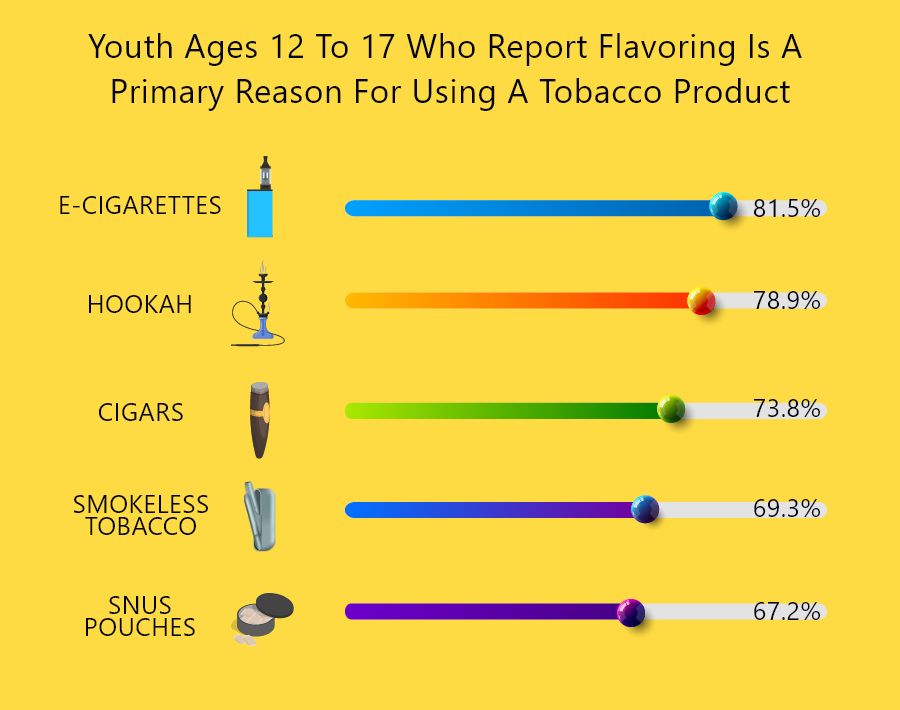
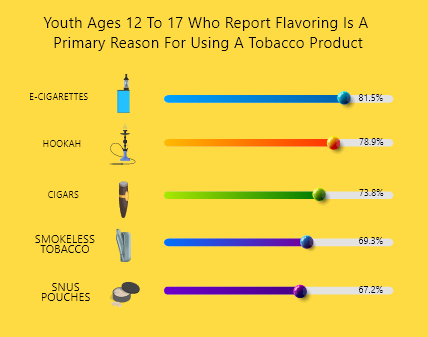
Youth Prefer Flavors
Adding flavoring to tobacco products lures people into smoking, as studies have shown both adults and children prefer flavoring.
Research reveals the younger the individual is, the more likely he or she will be users of flavored tobacco products as studies show 81% of youth who had ever used a tobacco product started with a flavored item.
Among current youth e-cigarette users overall, 84.7% used flavored e-cigarettes, including 85.8% of high school users and 79.2% of middle school users.
Manufacturers of cigars also market their products to attract younger smokers by making cheap, small, sweet-flavored cigars that come 2-4 a pack.
73.8% of youth who smoke cigars stated the reason they do is “because they come in flavors I like.”
Graph Source: The Truth Initiative
ADDICTION
ISN’T SWEET
It’s never too late to quit. If you need help to find more resources, click below.
Learn MoreHealth Risks


- A false perception is putting youth in danger. According to The Truth Initative, studies show that most youths perceive flavored tobacco products as being less harmful than traditional cigarettes.
- Flavoring masks the harshness of tobacco, making smoking more tolerable, exposes the user to many harmful toxins, and increases addiction.
- Centers For Disease Control and Prevention studies show youth who use flavored tobacco products are more likely to become chronic smokers, experience nicotine addiction, and cause damage to their developing brain.
- Smoking at a young age increases the risk for dealing with tobacco-related illnesses like heart disease, stroke, and and cancers of the bladder, throat, mouth, kidney, cervix, and pancreas, and early death.
- E-cigarettes (vapes) are the most popular way youth use flavored tobacco products. This usage led to an outbreak of EVALI (e-cigarette, or vaping, product use-associated lung injury), causing 68 deaths and 2,807 reported hospitalizations, including affecting youth under 18. Researchers linked Vitamin E acetate, an additive that is only harmful when inhaled, to the EVALI outbreak. Vitamin E acetate was present in lung fluid of patients diagnosed with EVALI.
Flavoring Regulations
The FDA’s Family Smoking and Prevention Tobacco Control Act (2009) banned the sale of all flavored cigarettes except menthol. This ban was later extended to other tobacco products, including e-cigarettes (vapes) that use pre-filled flavored cartridges (pods).
The FDA ban on pre-filled flavored cartridges that load into e-cigarette devices does not extend to the single-use disposable devices that do not use cartridges or open-tank vape systems that allow consumers to mix and load their e-cigarette liquid.


Media
IN THE NEWS


San Diego leaders partner to prevent the sale of candy flavored tobacco to teens
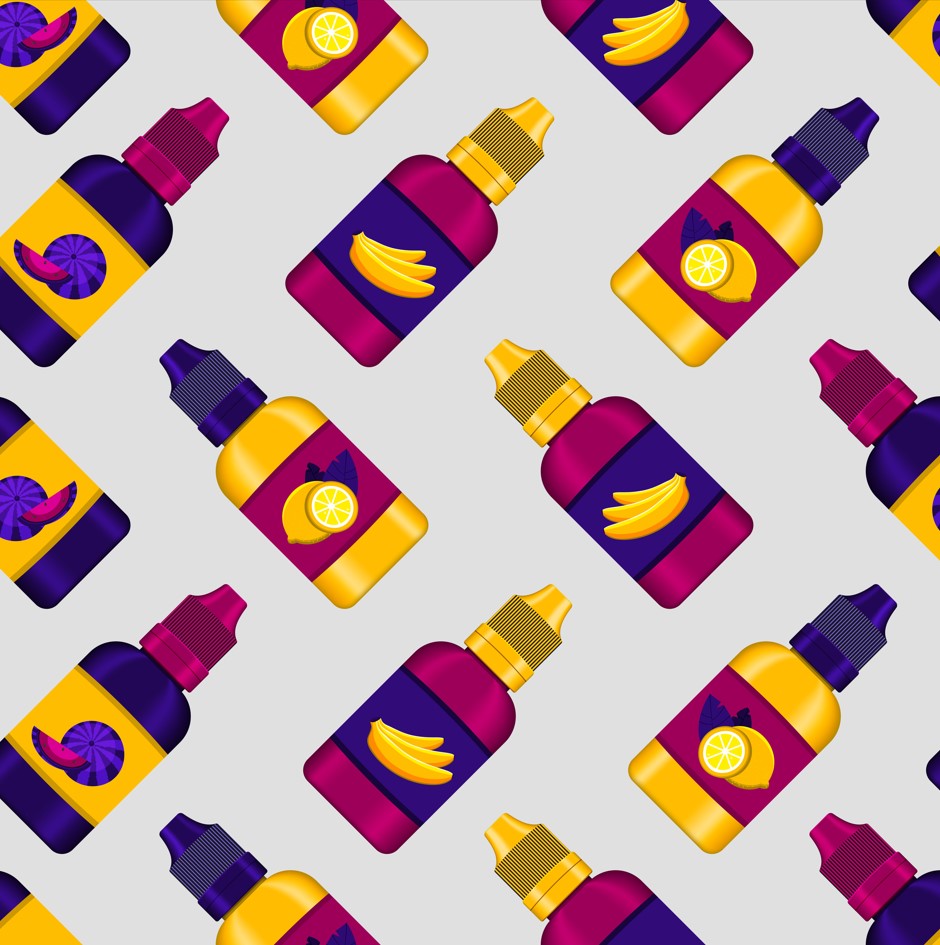
Close the flavored e-cigarette loophole — it's time for the FDA to protect kids
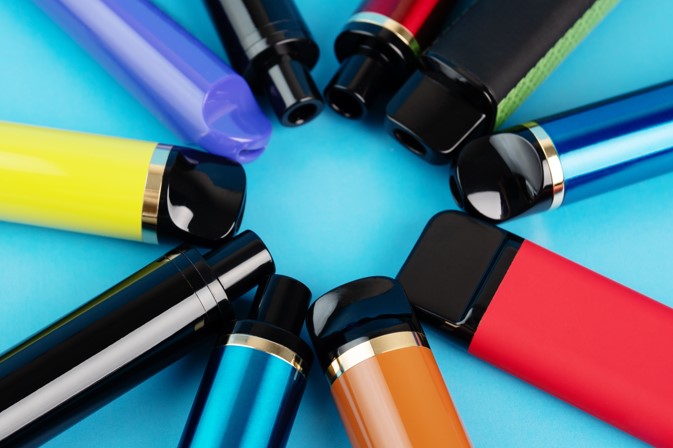


 Copyright© SNHD. All Rights Reserved.
Copyright© SNHD. All Rights Reserved.



